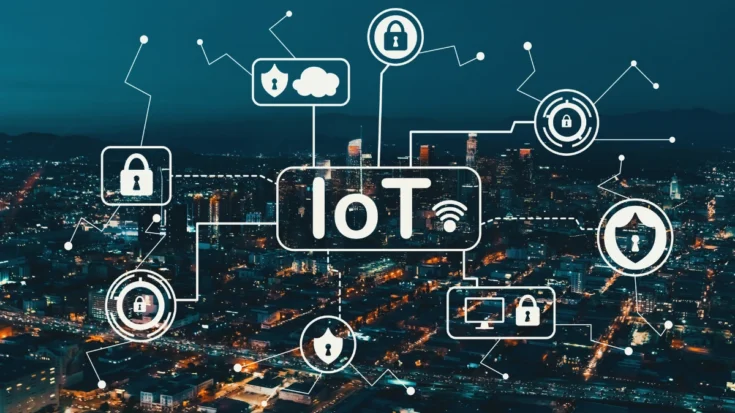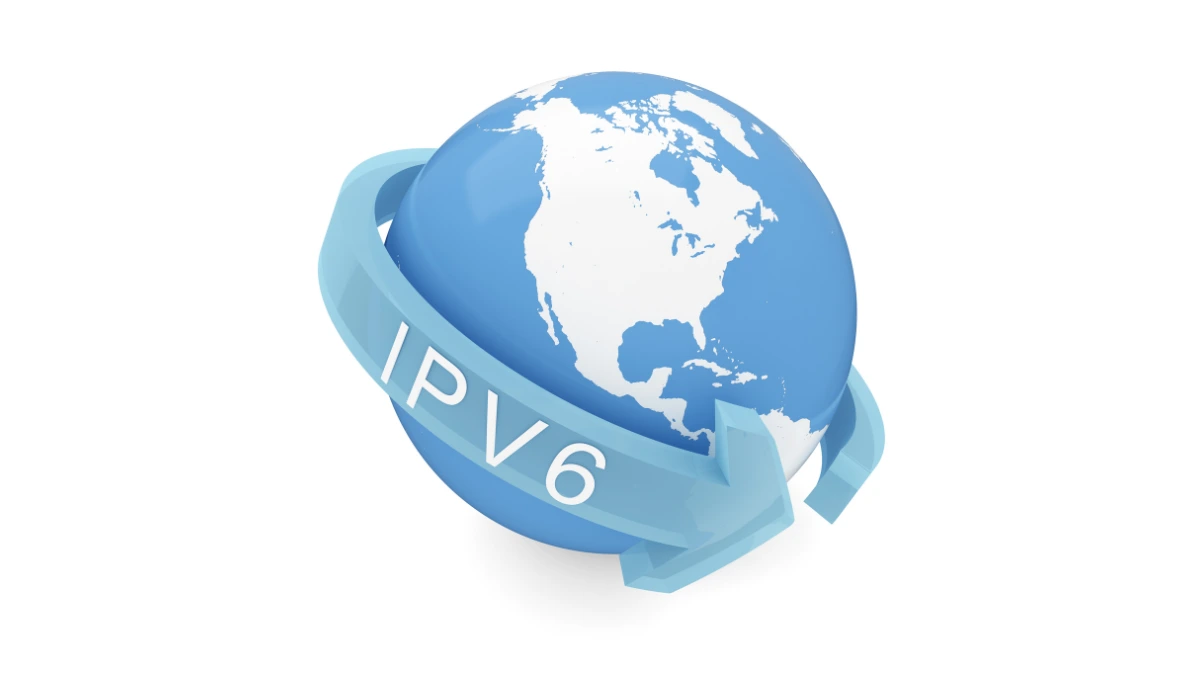Do you already know the IPv6 meaning? IPv6 or Internet Protocol version 6 is the latest version of the Internet Protocol that comes in response to the increasing number of devices connected to the internet.
The IPv6 meaning is simply a network protocol for identifying and connecting devices on a computer network.
The IPv6 meaning is also a development of IPv4 which is the previous version that is nearing the limit of its ability to provide unique addresses so the need for a new solution is inevitable.
Also Read
This article will inform you about the IPv6 meaning and also the benefits that you can feel in using the internet.
Table of Contents
The IPv6 Meaning

IPv6 is a network protocol for identifying and connecting devices in a computer network.
This protocol is the successor to IPv4 which has been the standard in network addressing for many years. IPv6 was designed as a solution to overcome the limitations of IP addresses in IPv4.
In IPv4, IP addresses consisted of 32 bits which allowed for up to 4.3 billion unique addresses. However, with the rapid growth of internet-connected devices, the number of IPv4 addresses is slowly decreasing.
Therefore, IPv6 is the answer to this problem. IPv6 uses 128-bit IP addresses that allow for a much larger number of address combinations, up to about 340 undecillion (3.4×10^38).
Benefits of IPv6

IPv6 is an evolution of IPv4 that certainly comes with several important benefits in the development of computer networks. Here are some of the benefits of IPv6:
1. Security protection
IPv6 is a protocol designed with security in mind. It has header fields that support encryption and data integrity measures through IPsec.
This is what makes it able to provide additional protection from potential hacking attacks and data misuse.
2. Better scalability
As the number of devices connected to the Internet grew rapidly, the availability of IP addresses became a major issue in IPv4.
IPv6 is designed to scale better than IPv4 to address this issue by providing far more IP addresses.
This way, the network continues to function optimally even as the number of connected devices grows.
3. Better mobility
Nowadays, most networks are in constant motion. This causes a device to frequently switch from one access point to another.
IPv6 has built-in features to support mobility, so devices can move from one network to another more smoothly.
4. Connected to the Internet of Things (IoT)

With the number of devices connected to the Internet of Things (IoT), the need for IP addresses is also increasing.
IPv6 is the solution to this problem. Through IPv6, each IoT device can have a unique IP address.
5. More efficient routing
Compared to IPv4, IPv6 has a smaller routing table size. In addition, this protocol also has another advantage in that the fragmentation process is handled by the source device.
These advantages of IPv6 make routing more efficient and hierarchical, thus improving overall network performance.
6. Directed data flow
Multicast is a technique for sending a stream of bandwidth packets to multiple destinations simultaneously.
IPv6 is a network protocol that uses this technique, making routing optimization, latency reduction, and data dissemination to destinations faster.
7. More efficient packet processing
In IPv6, some header fields are replaced with simpler versions by removing unnecessary parts.
This allows packet processing on network devices to run more efficiently and actively contribute to improved performance and throughput.
8. Simpler network configuration
IPv6 is one of the network protocols that introduces SLAAC (Stateless Address Autoconfiguration).
The existence of this element will help a device to generate an IP address based on the network prefix assigned by the router automatically.
In this case, IP address automation leads to a reduced administrative burden. Not only that, this automation process also supports simplifying the network configuration process more thoroughly.
9. Natting troubleshooting
In IPv4 networks, Network Address Translation (NAT) is often required to connect multiple devices to the internet using a single public IP address. This affects network performance and increases configuration complexity.
To solve this problem, IPv6 has a very large addressing space, so the existence of NAT is not needed.
That’s the IPv6 meaning, hopefully, it can provide information to those of you who don’t know it yet. Not only related to understanding IPv6, you can also find out the benefits of IPv6 that you can feel in using the internet.
What you need to pay attention to when using IPv6 is to ensure that the IPv6 product or device you use is certified according to IPv6 regulations and provisions in each country.


















